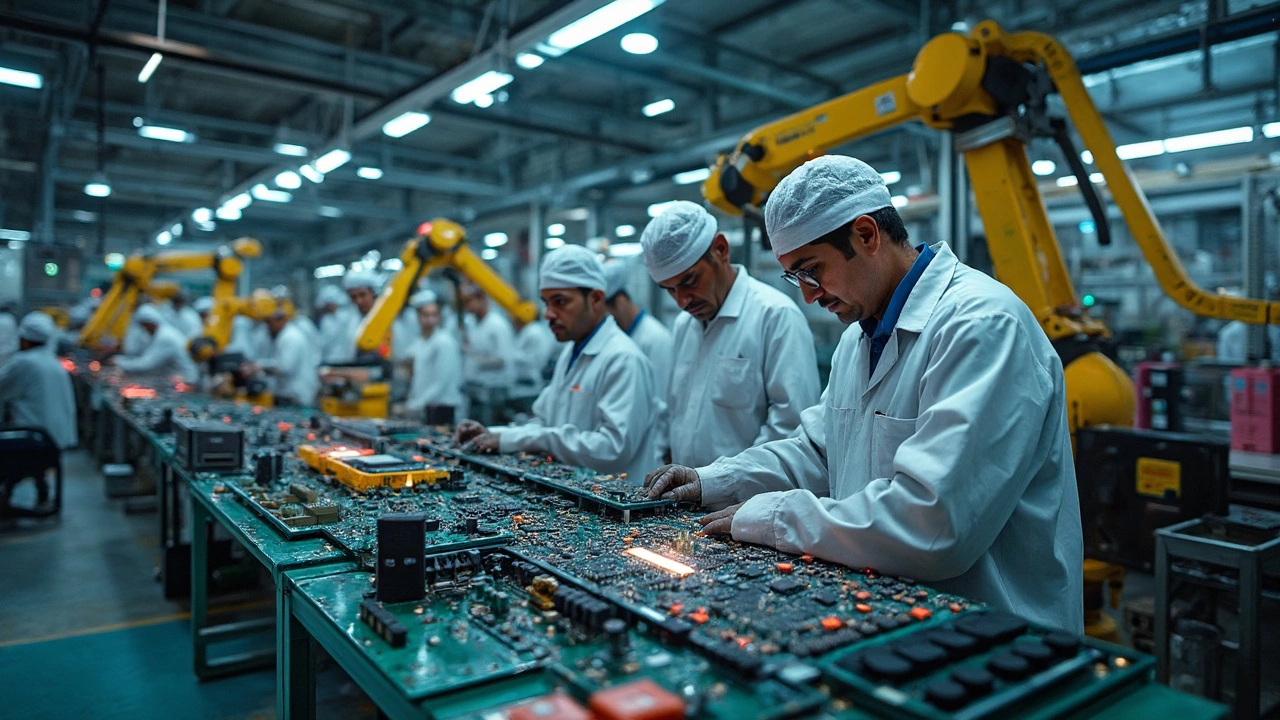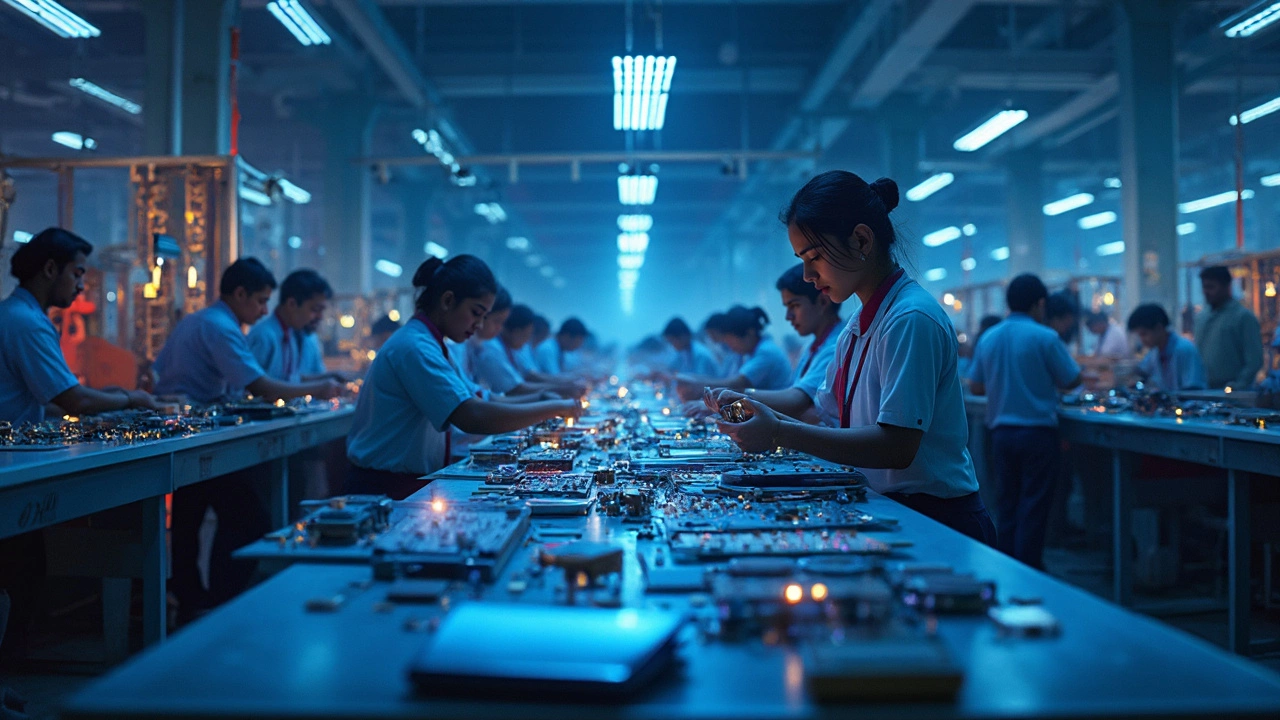Electronics Industry Insights: Trends, Opportunities, and the Bangalore Edge
When exploring electronics industry, the network of companies that design, produce, and assemble electronic components and devices, it quickly becomes clear that the sector is more than just gadgets. Also known as electronics manufacturing, the process of turning raw silicon and metals into functional circuits, the field leans heavily on semiconductor manufacturing, the high‑precision fabrication of chips that power everything from phones to cars. In India, the city of Bangalore, a sprawling tech hub often dubbed the “Electronics City of India” anchors much of this activity. electronics industry growth hinges on these interconnected pieces.
The electronics industry encompasses semiconductor manufacturing, which itself demands ultra‑clean environments, advanced lithography tools, and a highly skilled workforce. At the same time, the sector requires robust supply‑chain logistics to move components from foundries to assembly lines. Bangalore drives this ecosystem by offering tech parks, research institutions, and a talent pool that fuels both design and production. As a result, the city not only hosts design studios but also attracts investment in chip‑fabrication units, creating a feedback loop that amplifies regional capability.
Key Drivers Shaping the Electronics Landscape
Three forces dominate today’s growth story. First, government incentives such as the Production‑Linked Incentive (PLI) scheme lower capital costs for new fabs, making India a more attractive destination for chip makers. Second, global demand for connected devices—from IoT sensors to electric‑vehicle controllers—pushes manufacturers to scale quickly. Third, the rise of domestic design houses shortens time‑to‑market, because they can iterate on prototypes without relying on foreign partners. Together, these drivers make the electronics industry a hotbed for both established firms and ambitious startups.
Opportunities also come with challenges. Talent shortages in advanced node processing require focused training programs, while the high energy consumption of fabs raises sustainability concerns. Companies that invest in renewable power sources and circular‑economy practices not only meet regulatory expectations but also cut operating costs. Meanwhile, firms that pair design expertise with local manufacturing can avoid export tariffs and protect intellectual property within India’s borders.
Below you’ll find a curated collection of articles that dive deeper into each of these topics—whether you’re curious about why Bangalore earned its nickname, how semiconductor plants are being set up, or what practical steps new entrants can take to succeed in this vibrant market. These pieces together paint a comprehensive picture of the current state and future direction of the electronics sector in India.


